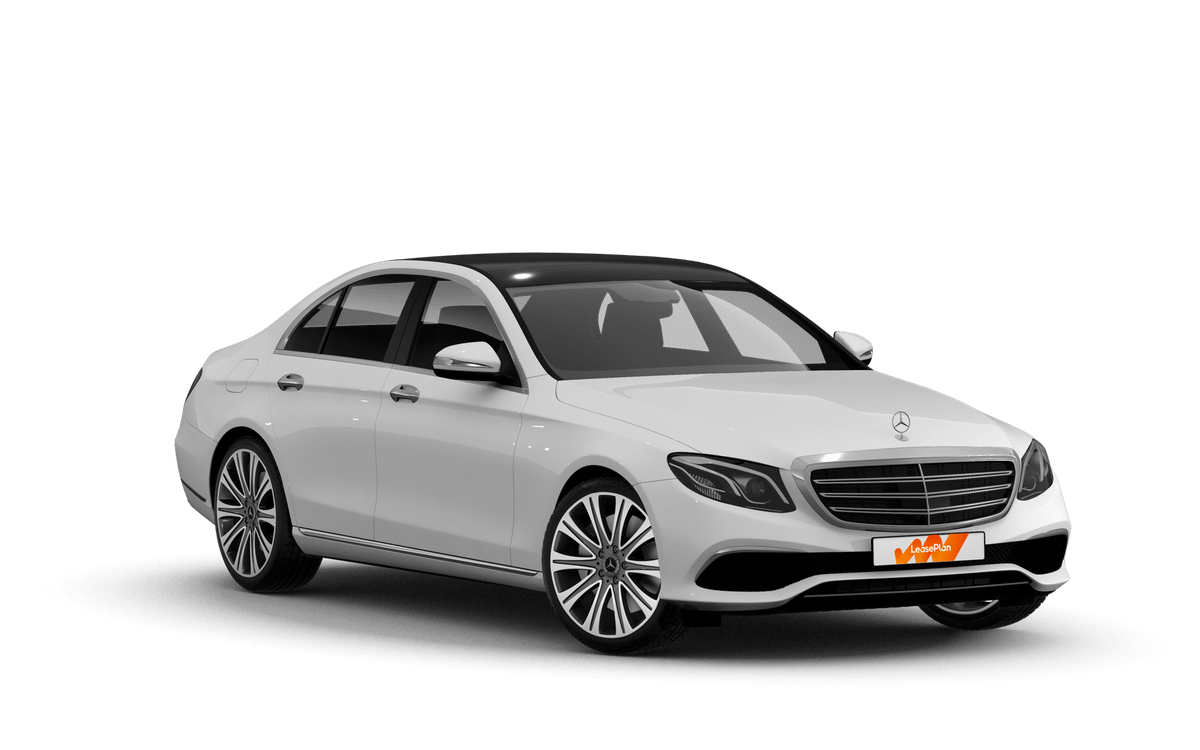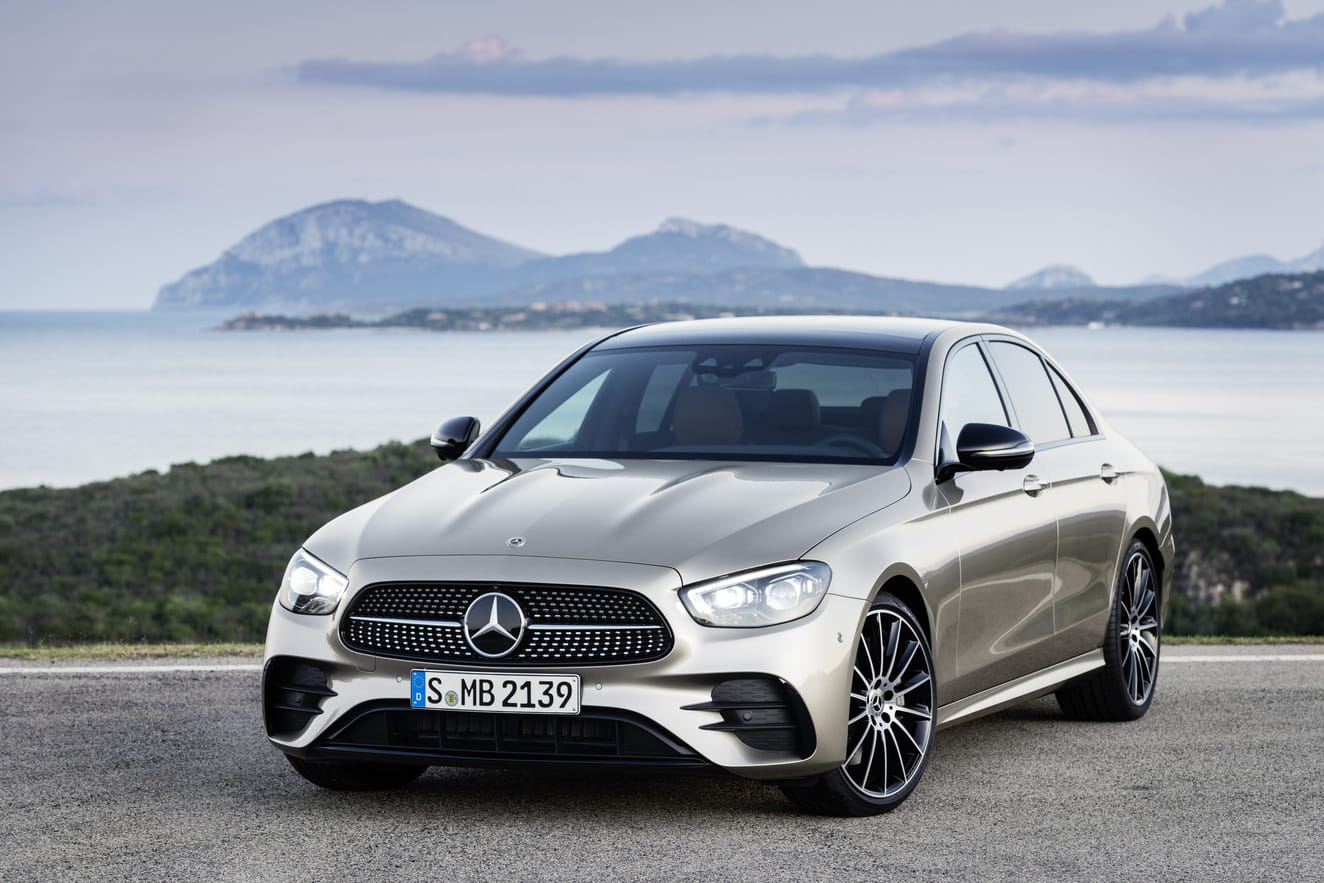
Car review – Mercedes E 300 e
Theory of evolution
Mercedes is the only carmaker to give you the choice between petrol and diesel for some of its plug-in hybrids, as is the case with this E Class, which has become even more refined after its facelift.
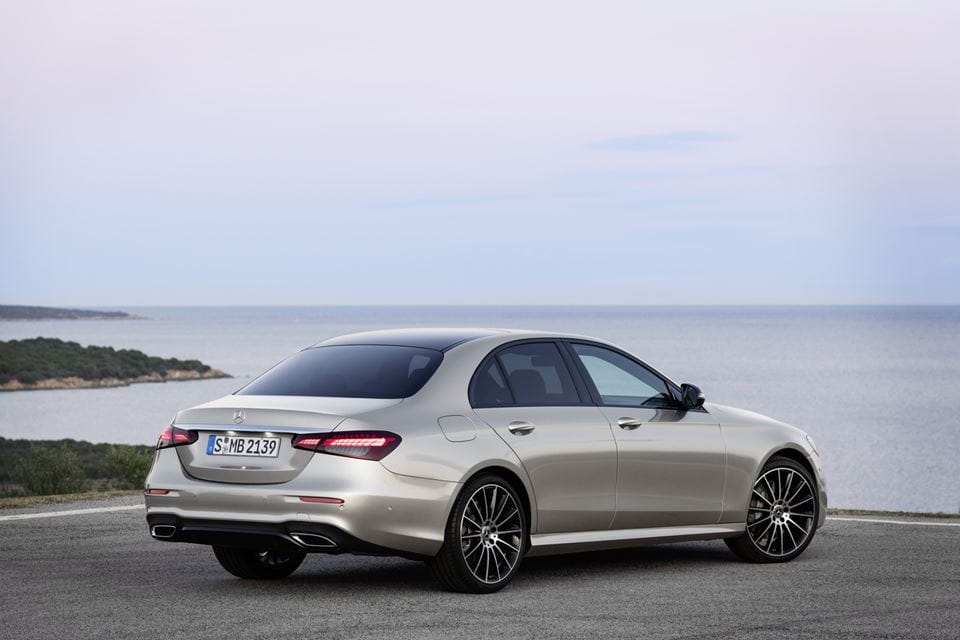
Midlife without crisis
The facelift gave the E Class a more dynamic design, resulting in younger and more modern looks that blend in perfectly with the design language of the current portfolio. In the interior, the two displays that make up the dashboard are now located behind one large pane of glass. The MBUX system comes as standard and, in conjunction with the satnav, also includes Mercedes' Augmented Reality function.
The most striking new interior element is the redesigned steering wheel that has new controls to make it “capacitive” for the first time, letting it feel when it is being held so it no longer requires steering input every fifteen seconds to ascertain you are still “present”.
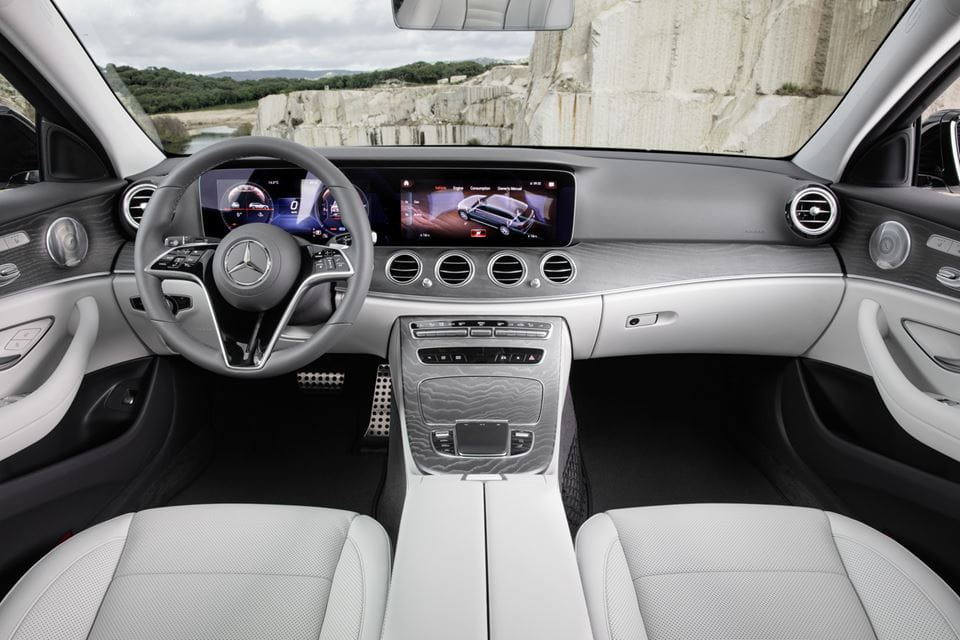
Plug-in champion
The petrol plug-in hybrid in this E 300 e combines a 1,991cc four-cylinder producing 211hp with a 122-hp electric motor, good for a system output of 320hp and 700Nm. With its 13.5-kWh capacity the battery provides an electric range between 49 and 53 kilometres. Official CO2 emissions are 41g/km, putting it in the same league as the E 300 de plug-in diesel, which produces 306hp and 700Nm of torque with standard emissions of 36g/km. This makes both models particularly appealing from a tax point of view.
In terms of performance, the petrol and diesel versions of the plug-in also barely differ, as they accelerate from 0 to 100km/h in 5.7 seconds and 5.9 seconds, respectively. Yet there is a difference: the petrol version is significantly quieter than the diesel when the combustion engine kicks into action.
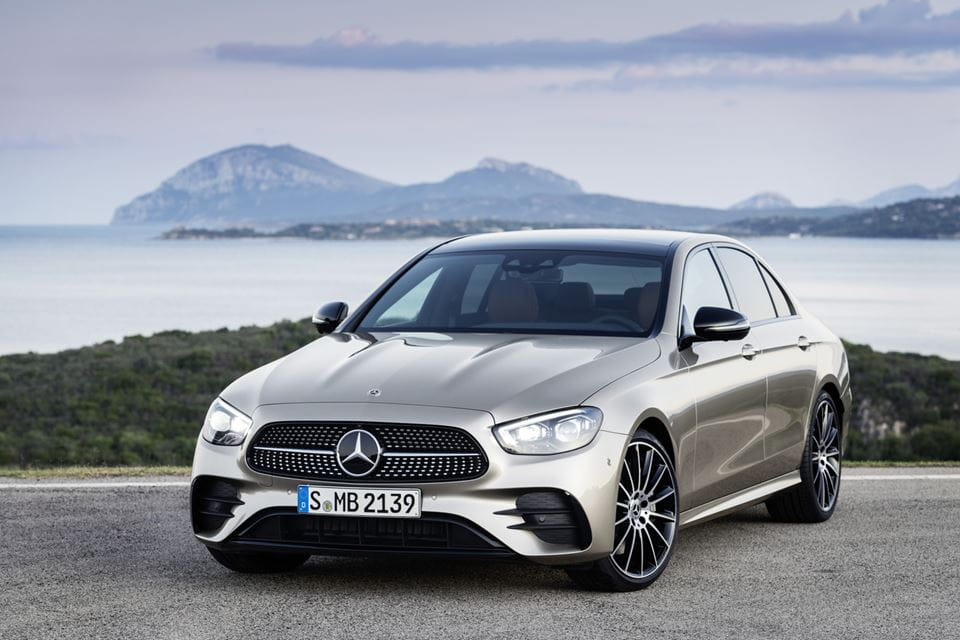
Disappointing battery integration
A downside of the E Class plug-in hybrid is the space in the boot taken up by the battery. The boot space is reduced by a large rectangular “hump” behind the rear seat, reducing the available volume to 370 litres in the case of the saloon.
Also, the location of the charging port – on the right side of the rear bumper – isn't ideal as it can make a minor rear-end collision or a parking manoeuvre mishap a costly affair.
Petrol or diesel?
The Mercedes E 300 e is just as appealing as the E 300 de in terms of ease of use, electric driving range, performance and space and the facelift does not change that. The difference between both models lies in the higher price for the diesel version, which you can only recover if you often drive long distances.

